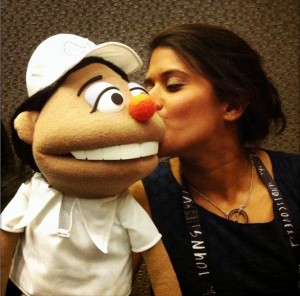
10 TED-Ed Animations to watch on International Women’s Day
It’s International Women’s Day!
Here’s a list of TED-Ed Animations to watch as you celebrate all of the world’s women, past and present:
Frida Kahlo: The woman behind the legend: In 1925, Frida Kahlo was on her way home from school in Mexico City when the bus she was riding collided with a streetcar. She suffered near-fatal injuries and her disability became a major theme in her paintings. Over the course of her life, she would establish herself as the creator and muse behind extraordinary pieces of art. Iseult Gillespie dives into the life and work of Frida Kahlo.
How one scientist averted a national health crisis: In 1960, Frances Kelsey was one of the Food and Drug Administration’s newest recruits. Before the year was out, she would begin a fight that would save thousands of lives — though no one knew it at the time. Andrea Tone explains how Kelsey was able to prevent a massive national public health tragedy by privileging facts over opinions, and patience over short-cuts.
From pacifist to spy: WWII’s surprising secret agent: In May 1940, with the German army ready to occupy Paris, Noor Inayat Khan was faced with a difficult choice: stand on the sidelines or join the Allied forces fighting the Nazis. After witnessing the devastation across Europe, she travelled to England to learn the art of espionage. Shrabani Basu details how a pacifist turned spy helped build the resistance that toppled a fascist regime.
Did the Amazons really exist?: It was long assumed that Amazons, the fierce and fearsome women warriors of Greece, were imaginary. But curiously enough, stories from ancient Egypt, Persia, the Middle East, Central Asia, India and China also featured Amazon-like warrior women. And Amazons were described in ancient historical accounts, not just myths. Who were the real women warriors known as Amazons? Adrienne Mayor investigates.
History’s “worst” nun: Juana Ramírez de Asbaje sat before a panel of prestigious theologians, jurists, and mathematicians. They had been invited to test Juana’s knowledge with the most difficult questions they could muster. But she successfully answered every challenge, from complicated equations to philosophical queries. Who was this impressive woman? Theresa Yugar details the life of the Mexican poet and scholar.
Why should you read sci-fi superstar Octavia E. Butler?: Much science fiction features white male heroes who blast aliens or become saviors of brown people. Octavia E. Butler knew she could tell a better story. She built stunning worlds rife with diverse characters, and brought nuance and depth to the representation of their experiences. Ayana Jamieson and Moya Bailey dive into the works of the visionary storyteller who upended science fiction.
The murder of ancient Alexandria’s greatest scholar: In the city of Alexandria in 415 CE, the bishop and the governor were in a fight. It started with a disagreement over the behavior of a militia of monks, and ended with an accusation of witchcraft leveled against one of the most powerful figures in the city: Hypatia, philosopher and advisor to the city’s leaders. Who was Hypatia and why was she deemed a threat? Soraya Field Fiorio investigates.
How one journalist risked her life to hold murderers accountable: In the late 1800’s, lynchings were happening all over the American South, often without any investigation or consequences for the murderers. A young journalist set out to expose the truth about these killings. Her reports shocked the nation, launched her journalism career and a lifelong pursuit of civil rights. Christina Greer details the life of Ida B. Wells and her tireless struggle for justice.
Rosalind Franklin: DNA’s unsung hero: The discovery of the structure of DNA was one of the most important scientific achievements in human history. The now-famous double helix is almost synonymous with Watson and Crick, two of the scientists who won the Nobel prize for figuring it out. But there’s another name you may not know: Rosalind Franklin. Cláudio L. Guerra shares the true story of the woman behind the helix.
The breathtaking courage of Harriet Tubman: Escaping slavery; risking everything to save her family; leading a military raid; championing the cause of women’s suffrage; these are just a handful of the accomplishments of one of America’s most courageous heroes. Janell Hobson details Harriet Tubman’s many fights for freedom.
Check out this TED-Ed playlist to learn more about impressive and inspiring women throughout history:
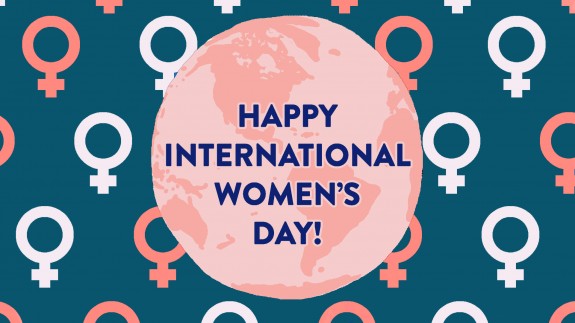

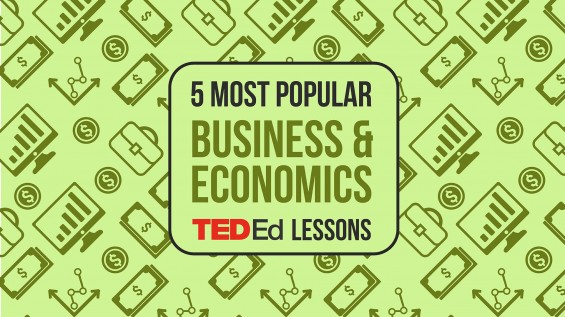
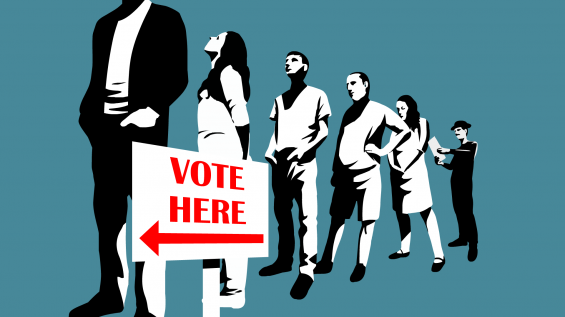
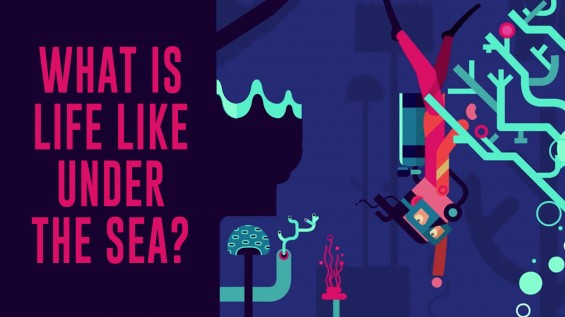
I love this material it is very informative and representative of today’s theme. Thank you all for the cool work that you all do…meow
remarkable woman…i salute them marianne,mary and alexendra
TED-Ed Lessons are really good and comprehensive.
However, listeners like me (who are not residing in US) find the accent of the commentary [along with every Lesson] much difficult to understand.
So, please offer us the commentaries in slow – loud – each word clearly spoken English. Please remember that we are slow learners as compared to learners in US.
Well, I really wished to show the Lessons regarding great women to some Indian women on Women’s Day. However, I was discouraged – as I myself couldn’t understand the commentary text fully.
Is it possible to translate TED-Ed Lessons in different spoken Indian languages like Marathi, Hindi, Gujarathi etc.?
If you open the videos on youtube, you can add the captions.